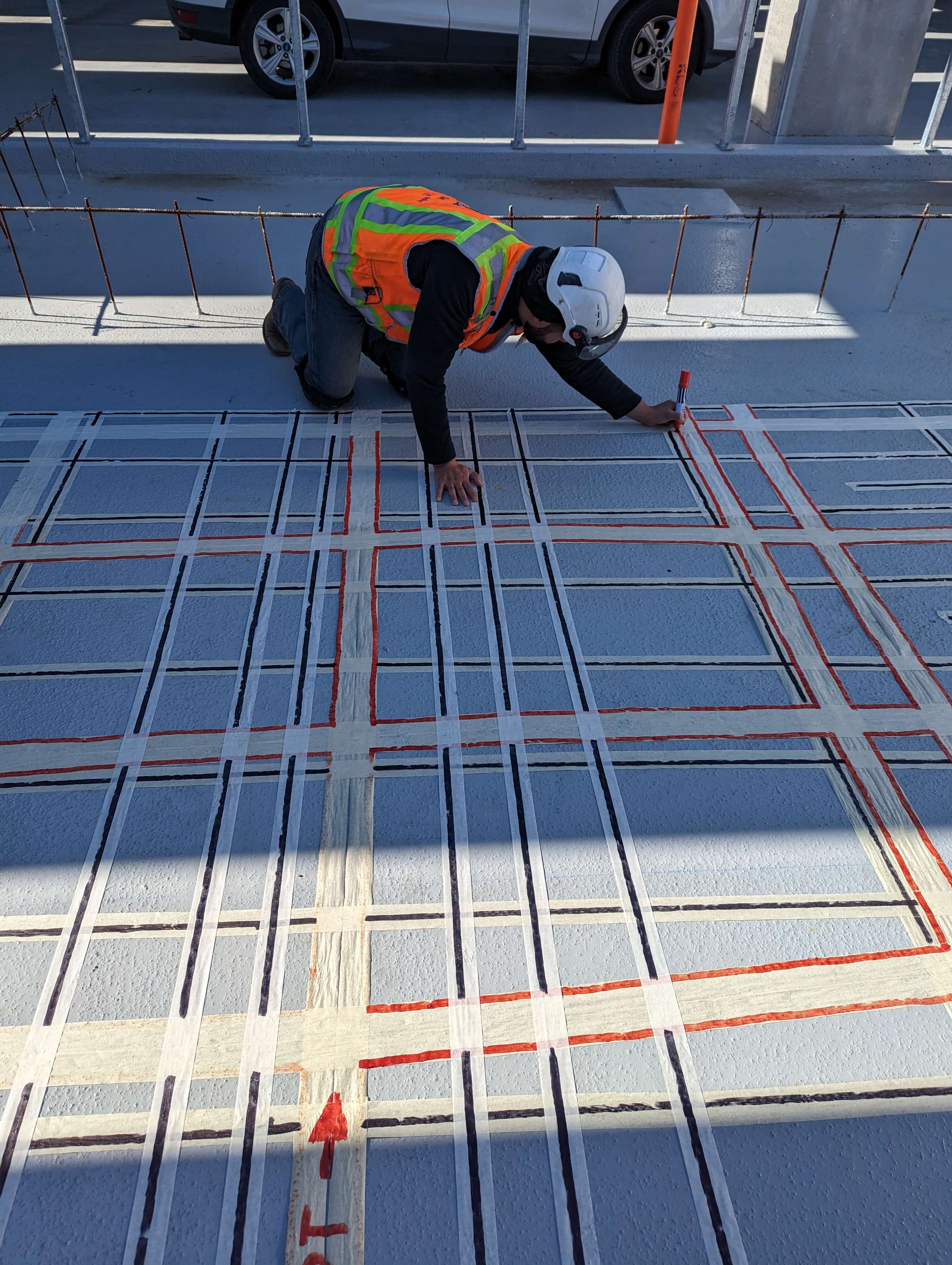Unveil the Transformative Power of Concrete Scanning in Making The Most Of Performance and Security
Concrete scanning has arised as an essential tool in the construction market, supplying unequaled benefits in improving project performance and making sure safety criteria. By using advanced modern technology, concrete scanning permits professionals to see past the surface area, revealing surprise complexities that might impact the structural stability of a structure. The transformative power of concrete scanning hinges on its capacity to offer real-time data and in-depth understandings, reinventing how projects are planned and executed. As we look into the complexities of this innovative method, a globe of opportunities opens up, showcasing a new age of building and construction techniques that prioritize precision and safety and security.
Value of Concrete Scanning
Making certain the architectural honesty and safety and security of building and construction tasks starts with the critical step of conducting extensive concrete scanning. Concrete scanning is a non-destructive technique used to detect and map subsurface components within concrete structures.
The relevance of concrete scanning can not be overstated, as it plays an important role in preventing crashes, lessening project delays, and guaranteeing the long-term durability of the construction. By identifying possible dangers before the building phase starts, builders can execute ideal safety and security procedures and make notified decisions concerning the layout and execution of the task. In addition, concrete scanning helps in optimizing task timelines and spending plan by avoiding unanticipated prices and hold-ups that may develop as a result of unexpected obstructions within the concrete. Eventually, buying thorough concrete scanning is a proactive method that improves both effectiveness and safety and security in construction jobs.
Exactly How Concrete Scanning Works
Concrete scanning operates as a critical tool in building jobs by employing innovative modern technologies to discover and map subsurface components without triggering architectural damage. Ground Passing Through Radar (GPR) and Electromagnetic Induction (EMI) are two key techniques made use of in concrete scanning.
During the scanning procedure, the data accumulated is examined in real-time, enabling instant recognition of potential threats or obstacles underneath the surface area. This info help in decision-making, ensuring that building and construction activities continue securely and efficiently. Additionally, 3D imaging software application can be utilized to develop in-depth maps of the subsurface elements, better improving project preparation and execution. By using these sophisticated innovations, concrete scanning substantially reduces the threat of costly problems and injuries on building websites.
Benefits of Concrete Scanning
Utilizing innovative scanning technologies in construction jobs uses a multitude of advantages, improving both effectiveness and security on-site. One of the primary benefits of concrete scanning is the capacity to detect and locate embedded objects such as rebar, post-tension wires, and avenues properly. By determining these aspects before drilling or cutting right into concrete frameworks, the danger of accidental strikes is considerably reduced, protecting against potential injuries to employees and damages to the framework itself. Concrete scanning helps in planning and making extra successfully, as it offers precise details concerning the area and deepness of structural elements.

Case Studies: Concrete Scanning Success

In an additional case, a building company used 3D concrete scanning to analyze the problem of aging concrete frameworks in a historic building. The thorough scans provided beneficial understandings into the degree of deterioration and helped prioritize upkeep initiatives effectively. By proactively dealing with areas of worry recognized via scanning, the company was able to prolong the life expectancy of the framework and ensure occupant safety.
These study highlight the transformative power of find out concrete scanning in boosting performance, precision, and safety in construction jobs.
Carrying Out Concrete Scanning in Projects
Implementing advanced scanning technologies during construction projects has actually come to be significantly essential for enhancing precision and safety and security. By incorporating concrete scanning right into task preparation and implementation, construction teams can recognize possible threats, such as rebar or post-tension wires, concealed within concrete structures. This proactive approach minimizes the risk of accidents, hold-ups, and pricey rework, inevitably bring about extra reliable project timelines and spending plans.
To execute concrete scanning successfully, task managers ought to collaborate very closely with skilled scanning professionals to identify one of the most appropriate scanning techniques for the details task requirements. Involving scanning specialists from the beginning of a project makes it possible for the team to create extensive scanning strategies that deal with essential areas of worry and make sure thorough information collection.
Additionally, incorporating concrete scanning right into regular task workflows can simplify decision-making processes, as real-time check data gives instant insights right into the problem of concrete structures - Concrete Scanning. This data-driven technique promotes notified analytic and enables teams to make changes promptly, cultivating a culture of performance and safety and security throughout the project lifecycle

Verdict
Finally, concrete scanning plays an go to these guys essential function in boosting efficiency and safety in building projects. By using advanced innovation to find and map out underlying structures within concrete, this process assists to stop pricey mistakes, guarantee structural stability, and decrease risks on site. With the ability to uncover covert elements and provide accurate data, concrete scanning confirms to be a valuable tool for enhancing task outcomes and making the most of overall success.
Concrete scanning is a non-destructive technique utilized to find and map subsurface elements within concrete structures. Furthermore, concrete scanning aids in optimizing job timelines and budget by preventing unanticipated prices and hold-ups that might occur due to unanticipated obstructions within the concrete. One notable instance research study includes a massive remodelling project where concrete scanning played a vital function in guaranteeing project success.In an additional situation, a Homepage building company made use of 3D concrete scanning to analyze the problem of aging concrete frameworks in a historical building. By integrating concrete scanning right into job preparation and execution, building and construction groups can determine prospective risks, such as rebar or post-tension cable televisions, concealed within concrete frameworks.